There are of course benefits to buying a brand-new device; no wear-and-tear, no pre-configured settings, and well, just the fact that no one has used it before. But the list of benefits of buying second-hand is equally as compelling; unrivalled savings, access to models no longer in production and sometimes tips and tricks from past owners.
Photography is not a cheap hobby, so we have compiled a list of the best second-hand cameras for a plethora of price points and uses.
Best second-hand Mirrorless camera
Fujifilm X-T3
The X-T3 — now an older model after the release of the Fujifilm X-T4 — is endearingly referred to as the ‘do-everything camera’. This model is readily available on the used market for some very attractive prices.
The X-T3 boasts considerable upgrades from its predecessor X-T2, including improved, faster autofocus, up to 11 fps (mechanical) or 30 fps (electronic) continuous shooting, a powerful 4K video-creation tool, sharp, fluid EVF, usability improvements to buttons and dials, and great-quality images right out of the camera.
As with Fuji’s other cameras, the X-T3 is rooted in a retro-looking, weatherproof design that’s meant to give it the reassuring feel of an analog film camera.
This is a strong choice for photographers working in street and event photography. Autofocus in the X-T3 is noticeably superior to that of Fujifilm’s other X-Series cameras, locking onto and tracking subjects in continuous mode with a kind of confidence that wasn’t there before. It also performs superbly in low light, able to focus down to -3EV versus -1EV in the X-T2.

Best second-hand DSLR camera
Canon 5D Mark IV
Canon 5D Mark IV was the fourth iteration of the company’s popular full-frame DSLR camera originally launched in 2005. It was the first Canon 5D to shoot 4K video, and it was also the first 5D to come with Wi-Fi connectivity and a touchscreen. It was the high-tech model Canon fans were waiting for, and it lived up to expectations. Brand new, this baby will run you around $4000 (AUD), but on the second-hand market, you can grab it for usually a grand cheaper.
People love this model for its adaptability and compact usability. Boasting exceptional low-light performance and blistering 7 frames per second continuous shooting.
A 61-point AF system is on board to help you to pinpoint your subject with remarkable ease, making it fantastic option for sports, documentary and action photography as well as a competitive model for wedding, nature, portrait, landscape and product photography.
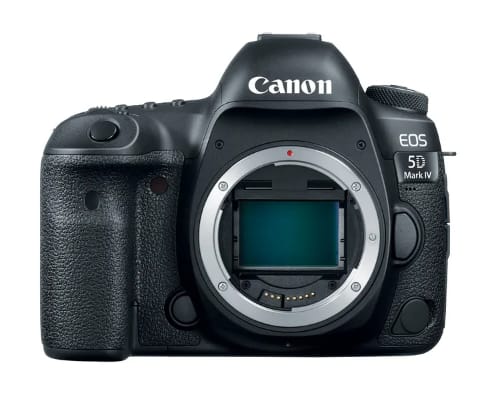
Best second-hand compact camera
Sony RX100 III
The Sony RX100 III is often referred to as the world’s best pocketable camera. If you are after a small point-and-shoot camera, it doesn’t get much better than the Sony RX100 III. All models prior to the RX 100V have been discontinued, but the RX100 III and IV can routinely be found at exceptionally low prices on the used market, consistently selling for less than $500 (AUD). While the RX100 and RX100 II can be sourced for even less money, the advancement in features like a tilting LCD and pop-up OLED EVF, along with substantially improved shooting and video specs, make the third and fourth generation models the best value by a considerable margin.
The Sony Cyber-shot DSC-RX100 series has been around since 2012 and all have featured a 20.2-megapixel 1-inch type sensor (2.7x crop factor) and a very similar, tiny, take-anywhere body design, both of which have received accolades.
Sony marketed this model as the do-anything go-anywhere camera, and they weren’t lying. This is a great entry-level camera that won’t weigh you down.
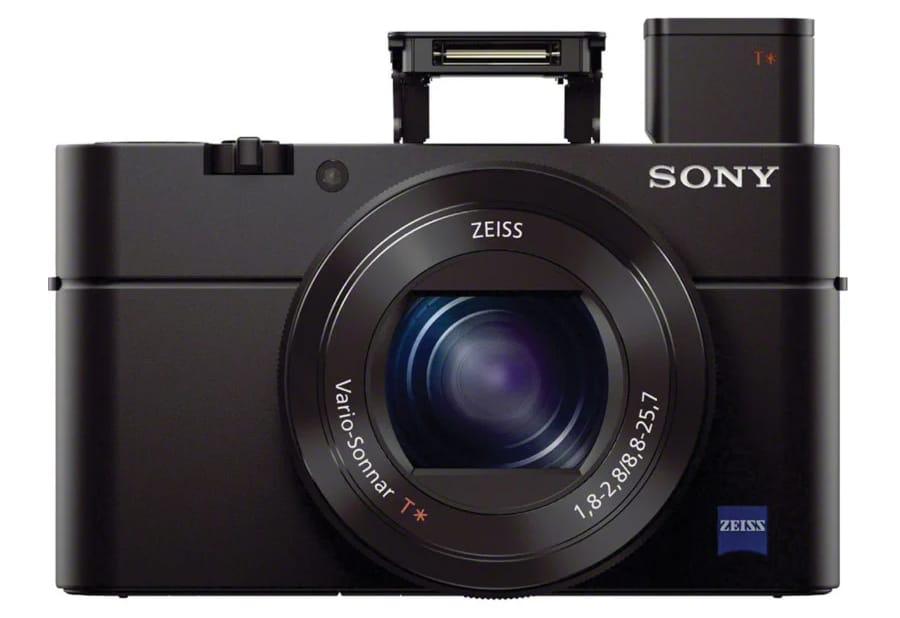
The best second-hand 35mm camera
Canon A-1
Launched in 1978, the flagship model in Canon’s A-series that began with the AE-1 was the first SLR to offer programmed automation, it also pushed four other exposure modes: manual, shutter priority, aperture priority and stopped down AE. Using a microprocessor rather than input from the photographer, the camera is capable of choosing a shutter speed and aperture setting that will result in a perfectly exposed image. Today this feature can be found in virtually every camera in production, but the very first to include it was the A-1. Because of this, this camera has gained a cult following and you will find an array of models on second-hand markets for less than $350 (AUD)
Offered in only black, it’s among the most modern-looking cameras to come out of the 1970s. While simple in style, the A-1 looks and feels wonderfully substantial – it’s a no-nonsense photo-taking machine.
While this camera is advanced for its time, this is definitely still a vintage model and has all the quirks and idiosyncrasies that come with that, but these can quickly become advantageous to your photography if you know how to use them.
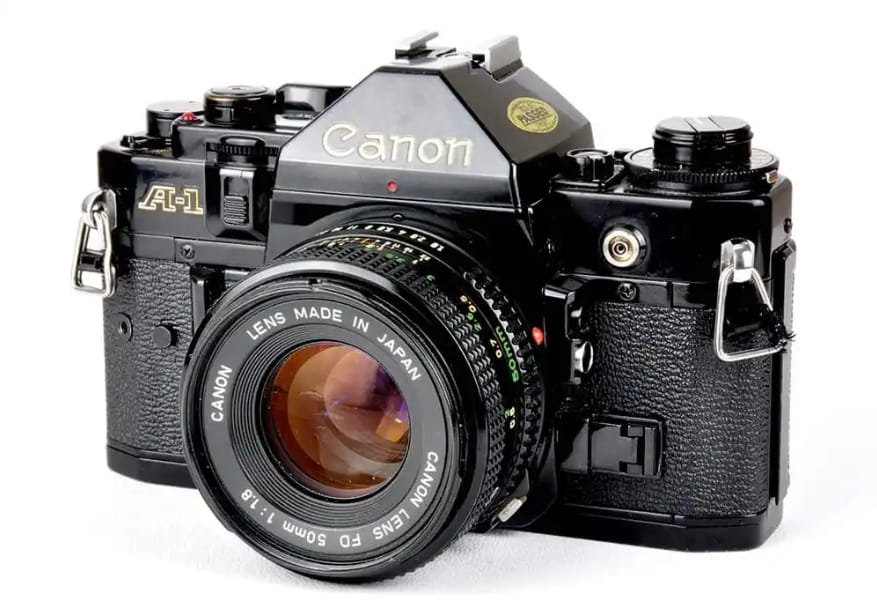
The best second-hand medium format camera
Hasselblad 500CM
The Hasselblad 500 series began with the revolutionary 500C, one of the most iconic cameras in photographic history. Modified throughout the years, the 500 series cameras represent the pinnacle of Victor Hasselblad’s V System. Officially launched in 1970, the 500C was a marvel that still remains a classic in today’s modern age. The camera featured an easily interchangeable focusing screen and an optional prism viewfinder with a built-in light meter. Besides these modifications, the 500CM still retained the modular design along with the leaf shutter design and the A12 film back that produces 12 6×6 negative on 120 roll film.
The Hasselblad 500 CM is the perfect studio camera, and it made a name for itself in professional indoor photography. However, despite the larger body, it is light enough to be carried around.
The Hasselblad 500CM is not a camera that you’d go for just because you want to try out film photography, on the second-hand market you can find these beauties for around $1400. A medium format camera requires some deep pockets, and good skills to work with, but if you are up to it, you can’t go wrong with a classic.
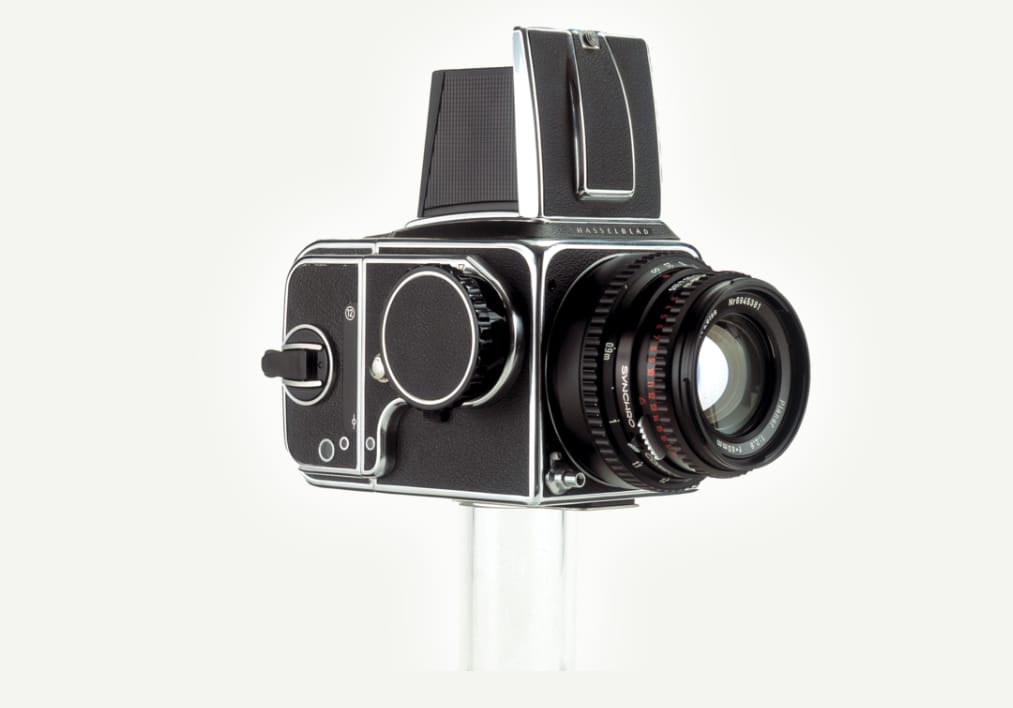
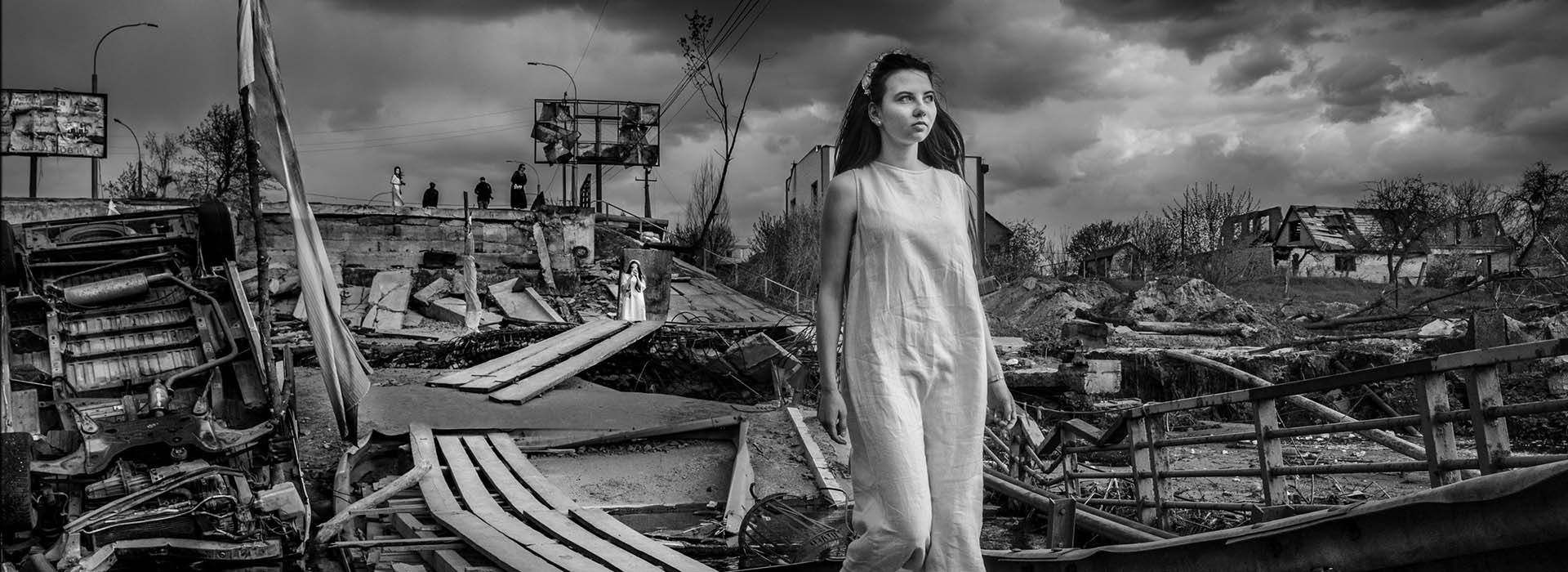









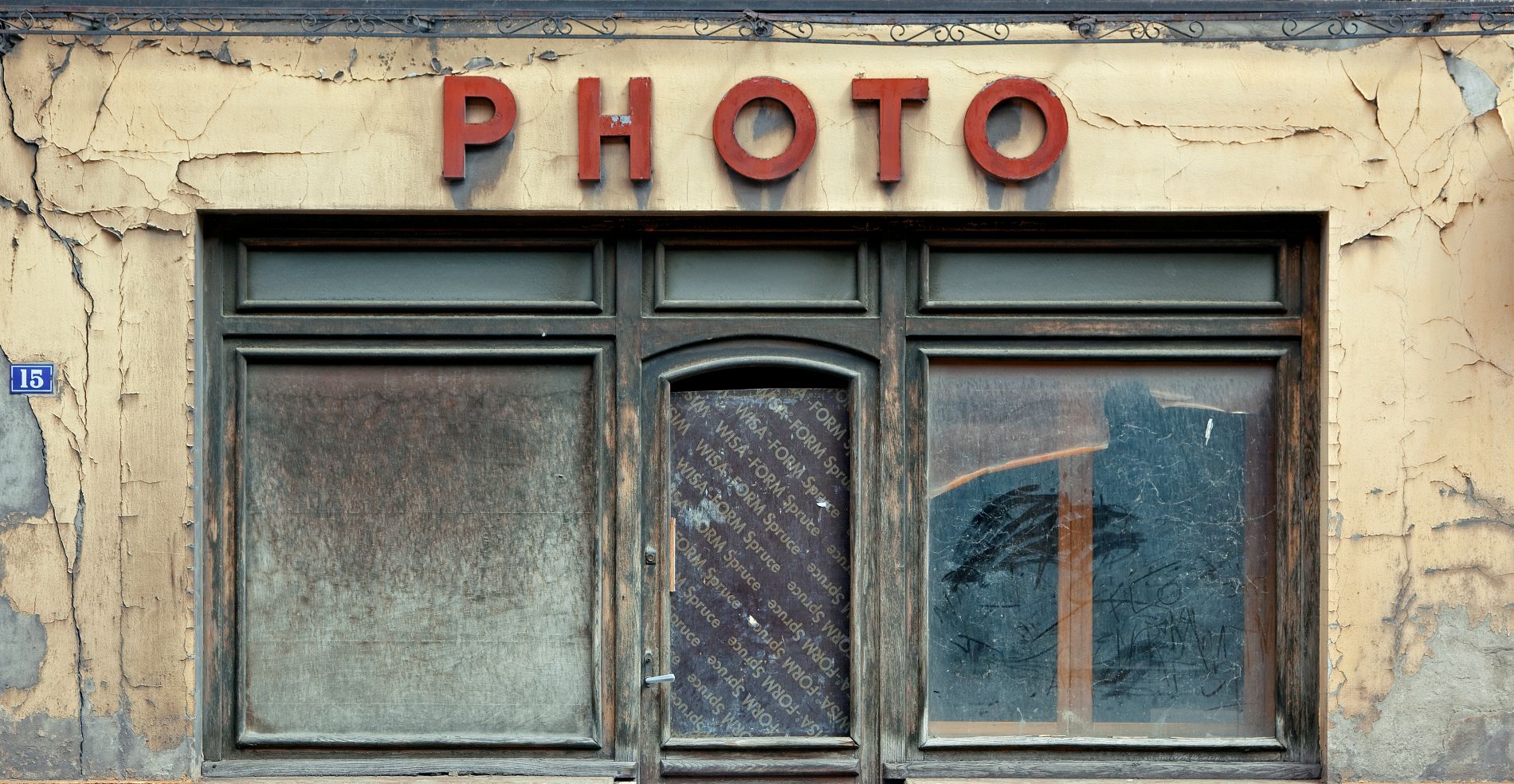


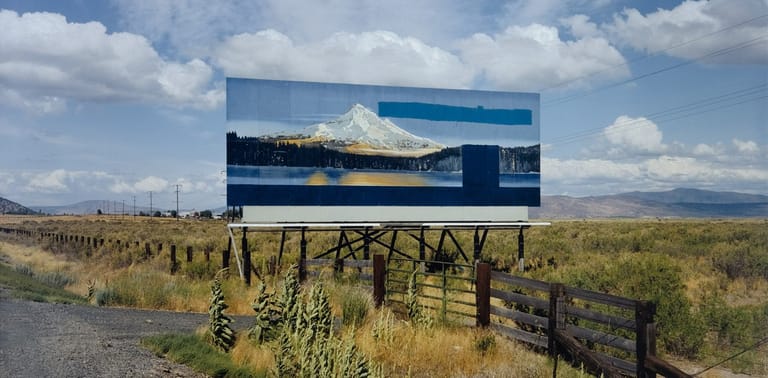
0 Comments